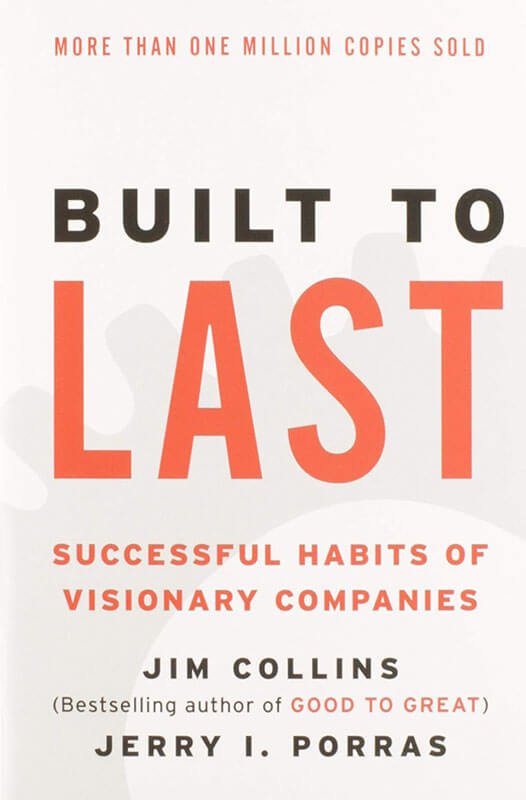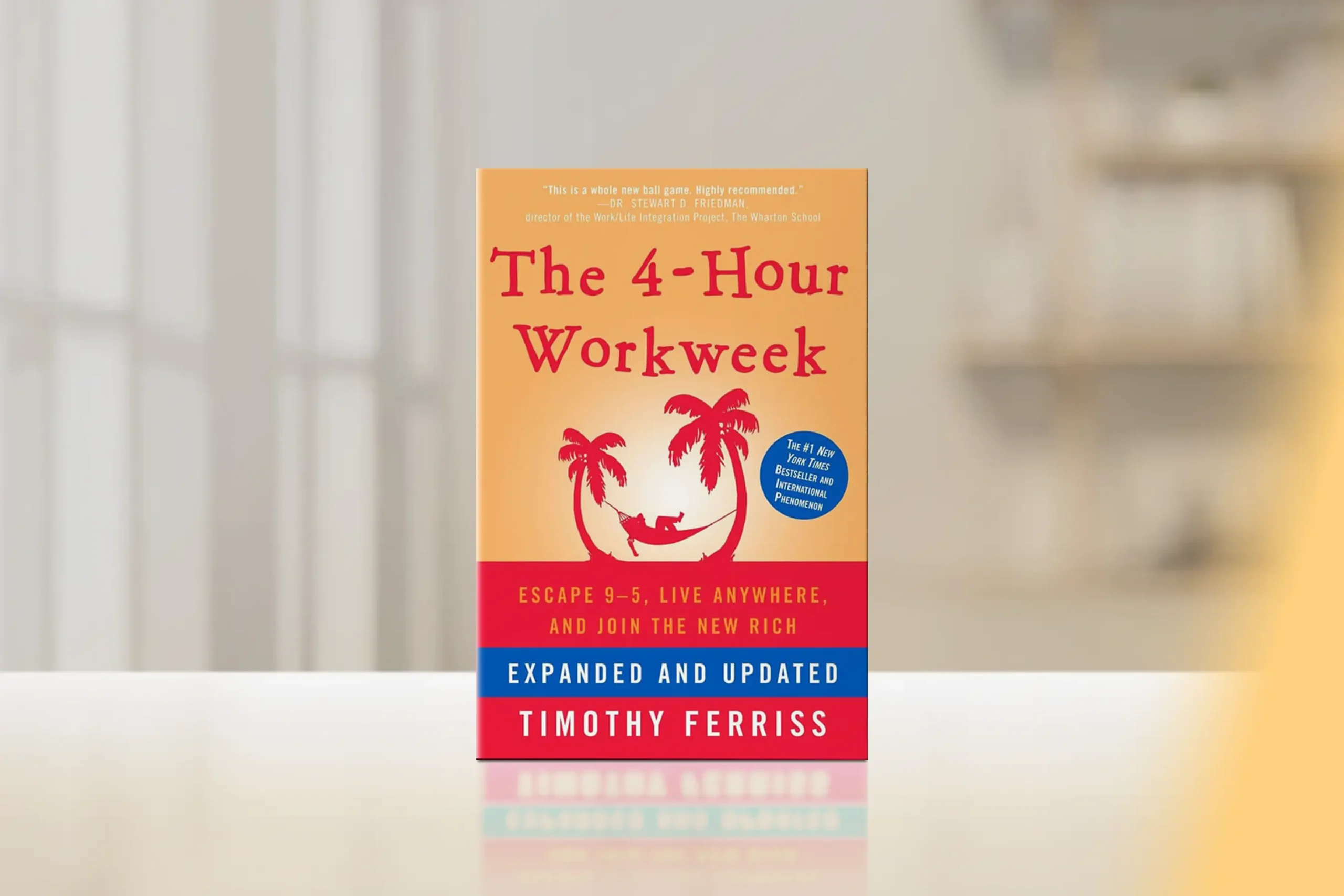In a business world focused on quick fixes and instant success, Jim Collins‘ “Good to Great” stands out for its rigorous research and timeless insights. Published in 2001, this influential book continues to shape our understanding of corporate success and leadership. Collins and his team spent five years studying what transforms good companies into great ones, offering practical and surprising insights.
The book’s core message is both challenging and inspiring: greatness is a matter of conscious choice and discipline. Collins shows that any organization can improve by applying a framework based on disciplined people, thought, and action—rejecting short-term fixes in favor of lasting excellence.
Core Concepts
Good to Great introduces several key concepts that form the foundation of Collins’ framework for corporate transformation:
- Level 5 Leadership: Leaders who blend personal humility with intense professional will
- First Who, Then What: Getting the right people on the bus before deciding where to drive it
- Confront the Brutal Facts: Creating a culture where truth is heard
- The Hedgehog Concept: Finding the intersection of passion, talent, and economic engine
- Culture of Discipline: Combining an ethic of entrepreneurship with disciplined thought and action
- Technology Accelerators: Using technology as an accelerator of momentum, not a creator of it
- The Flywheel: Building momentum through consistent pushing in a single direction
By understanding and applying these principles, leaders can guide their organizations from mediocrity to sustained excellence.
Chapter-by-Chapter Review
Chapter 1: Good is the Enemy of Great
Collins sets the stage by explaining the research methodology and introducing the concept that settling for “good” often prevents companies from achieving greatness. This chapter will challenge you to reconsider what true excellence means in business.
Chapter 2: Level 5 Leadership
Here, Collins introduces one of the book’s most surprising findings: the type of leadership required to achieve greatness. You’ll learn about the paradoxical blend of personal humility and professional will that characterizes Level 5 leaders.
Chapter 3: First Who… Then What
This chapter emphasizes the critical importance of getting the right people in key positions before determining strategy. Collins provides compelling evidence for why “who” questions should come before “what” decisions.
Chapter 4: Confront the Brutal Facts (Yet Never Lose Faith)
Collins explores how great companies create a culture where truth is heard and harsh realities are confronted head-on. You’ll learn strategies for fostering honest dialogue and maintaining unwavering faith in ultimate success.
Chapter 5: The Hedgehog Concept
This chapter introduces a powerful framework for finding your company’s sweet spot. Collins explains how to identify what your organization can be best in the world at, what drives your economic engine, and what you’re deeply passionate about.
Chapter 6: A Culture of Discipline
Here, you’ll discover how great companies blend entrepreneurial spirit with disciplined action. Collins provides insights on creating a culture where disciplined people engage in disciplined thought and take disciplined action.
Chapter 7: Technology Accelerators
Collins dispels the myth that technological change is the primary driver of greatness. You’ll learn how great companies think differently about technology, using it to accelerate momentum rather than create it.
Chapter 8: The Flywheel and the Doom Loop
This final chapter introduces the flywheel concept, illustrating how sustained excellence comes from consistently pushing in a single direction. Collins contrasts this with the “doom loop” that traps companies in cycles of reactionary decisions and false starts.
Key Strengths
- Offers a research-based framework for achieving sustained business excellence
- Provides practical, actionable insights applicable to various organizations
- Challenges conventional wisdom about what drives corporate success
- Includes compelling case studies and examples from real companies
- Presents complex ideas in an accessible, engaging manner
Potential Drawbacks
- Some concepts may be challenging to implement in certain organizational cultures
- The focus on large corporations may not fully resonate with small business owners or startups
- Some readers might find the amount of data and research overwhelming
Who This Book Is For
Good to Great is an invaluable resource for a wide range of readers, particularly:
- CEOs and senior executives looking to transform their organizations
- Middle managers seeking to drive excellence within their teams
- Entrepreneurs aiming to build sustainably great companies
- Business students and academics interested in organizational performance
Final Review
Good to Great is a masterpiece of business literature that continues to offer relevant, powerful insights two decades after its publication. Collins’ rigorous research and compelling storytelling combine to create a book that is both intellectually stimulating and practically useful.
The book’s strength lies in its evidence-based approach and the timeless nature of its principles. While some business books offer fleeting solutions, Good to Great provides a framework for sustained excellence that has stood the test of time. From the concept of Level 5 Leadership to the Hedgehog Principle, Collins offers ideas that challenge conventional thinking and inspire a higher standard of performance.
While the focus on large corporations may not resonate with all readers, the core principles are adaptable to organizations of various sizes and sectors. Whether you’re leading a Fortune 500 company or a small startup, Good to Great offers valuable lessons on how to build an organization that doesn’t just succeed, but truly excels.
Rating: 4.5/5
A seminal work in business literature that provides a research-backed roadmap for transforming good companies into great ones, offering timeless principles for sustained organizational excellence.

Alternative Books
If you found Good to Great insightful, here are three related books that further explore organizational excellence and leadership:

Built to Last by Jim Collins and Jerry I. Porras
Examines what makes enduringly great companies different from their competitors.
Rating: 4.6/5

The Effective Executive by Peter F. Drucker
Offers insights on effective management and decision-making, complementing Collins’ ideas on disciplined action.
Rating: 4.6/5

Start with Why by Simon Sinek
Explores the importance of purpose in organizational success, aligning with Collins’ concepts of passion and core values.
Rating: 4.4/5





